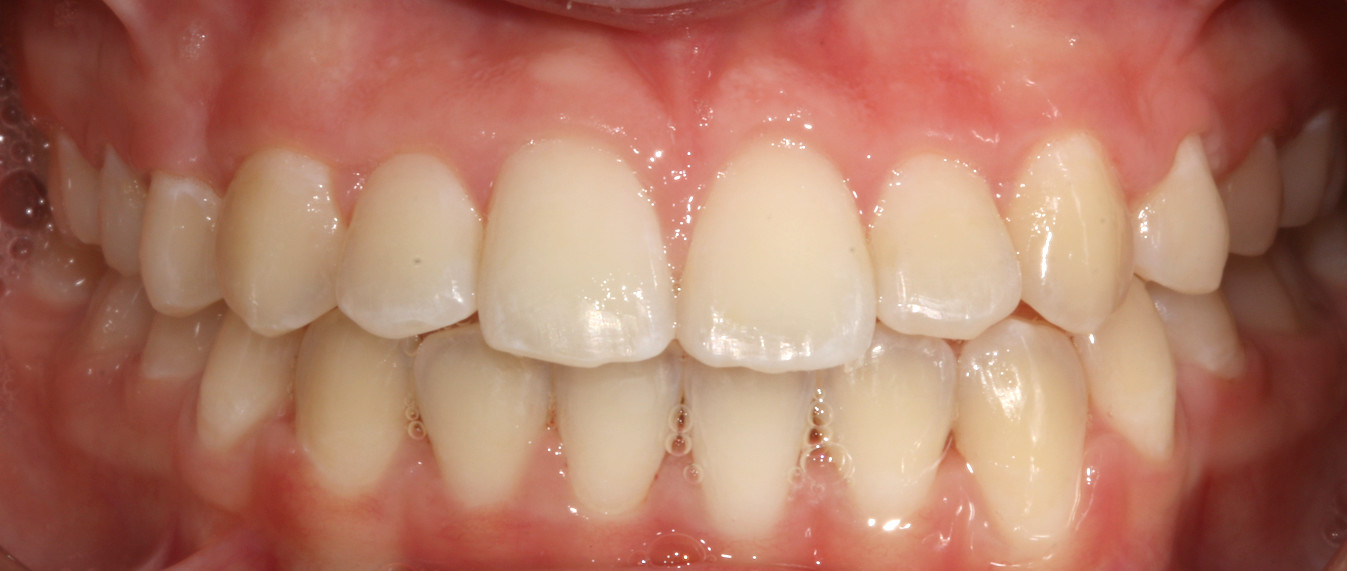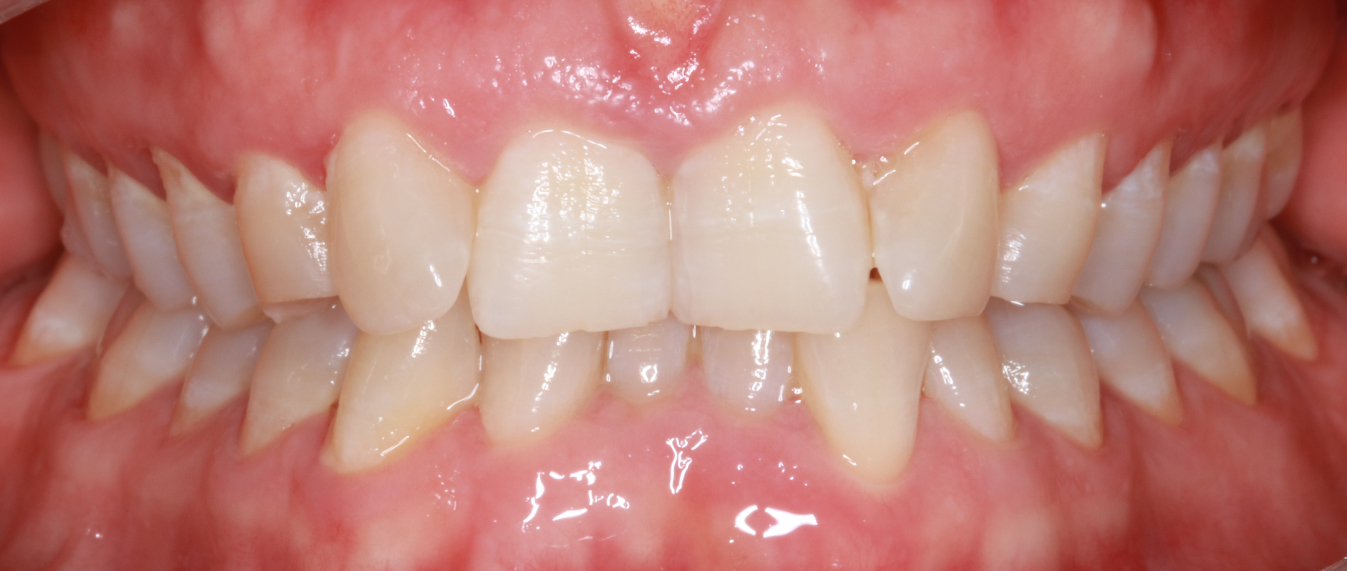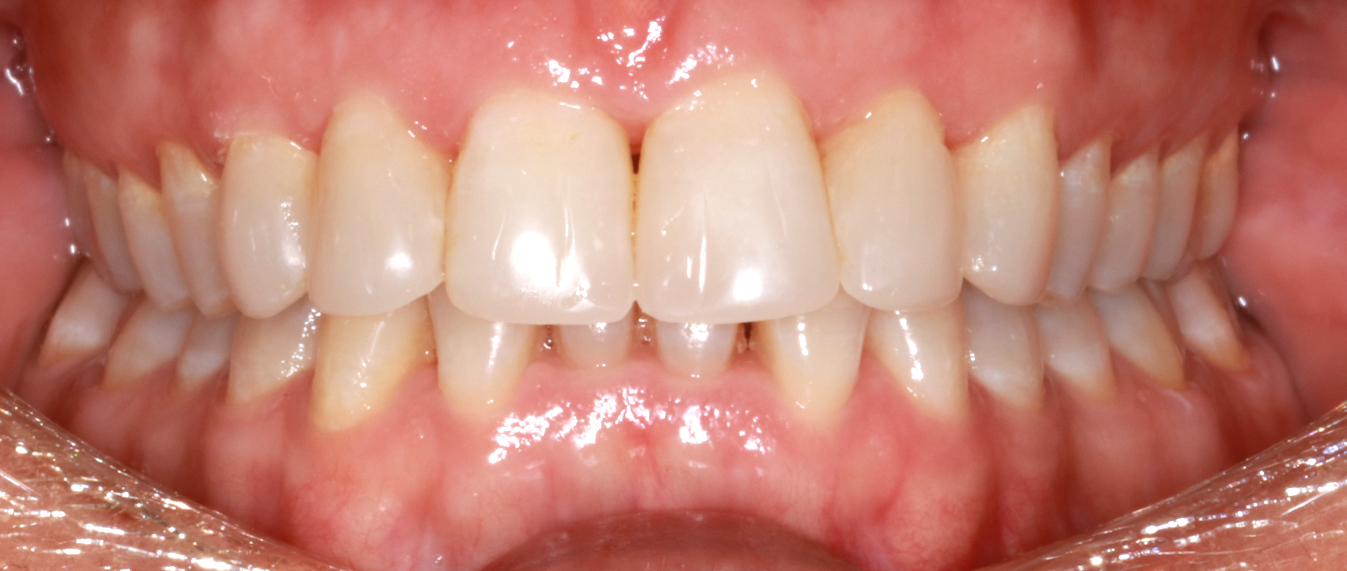Orthodontics (general)
Orthodontics can be used to correct teeth which are poorly aligned, including crowded teeth, spaced teeth, crossbites, overbite and underbites. Orthodontics can also help improve chewing and speech, and can prevent damage to the teeth and gums from misaligned teeth. When you are in for your regular dental check-up, one of our Dentists will assess your “bite” or occlusion and discuss any concerns. Ideally, children should be screened for possible orthodontic concerns by the age of 8.
Early Orthodontics (Ages 7-12)
From around the age of 8, the 6 year molars and incisors are erupted so we can get an indication of the relationship between the upper and lower jaws. We can also assess how the canines are erupting as well as review any habits which may have affected the bite (thumb sucking, dummy, tongue thrust). We will also assess any airway issues, which may be seen as snoring of snuffly breathing. Early intervention can reduce the overall time in braces, as well as produce superior final outcomes.
Traditional Orthodontics “Braces”
Traditional orthodontics is generally started in the teens, when the last baby teeth are close to falling out, or when the adult teeth are erupted. At this age, children are growing rapidly, which helps speed up the treatment. There is a choice of metal braces or tooth coloured braces. As a guide, you are seen once a month when the colours are changed, these means you can pick colours to support your favourite team, or perhaps match an outfit or an event (Halloween, Christmas!).
But braces is not just for kids and teenagers, it can be done at any age so long as you have a healthy mouth which is free of decay and gum disease. Crooked teeth can contribute to wear, gum disease, and jaw pain over time. Orthodontic correction will not only improve your appearance but can also improve the overall health of your mouth.
Before/After
Amazing results by Dr Lou! Completing this transformation with orthodontic treatment over a 6 year period. This patient was 8 years old when Dr Lou first started treatment.

Invisalign
What is Invisalign?
Invisalign is the clear alternative to braces that can help you achieve a straighter smile. Invisalign uses a series of clear, custom-made aligners to gradually move your teeth into their desired position. These aligners are virtually invisible, comfortable to wear and easy to remove. Simply take them out for special occasions and brush and floss as normal throughout your treatment. Invisalign is the modern and hygienic way to straighten your teeth.
How does it work?
Using the latest in 3D imaging technology, your dentist or orthodontist can depict the complete series of movements your teeth need to go through to achieve a straighter smile. A series of custom-made aligners are then produced, which you simply change yourself every two weeks to gradually move the teeth.
How long will treatment take?
The length of treatment is dependent on the severity of each individual patient’s orthodontic issues. Treatment may vary from anywhere between six months to two years. The average treatment time is between 12 to 14 months.
How much does Invisalign cost?
In most cases, the cost and treatment time of Invisalign is comparable to traditional braces. However, as with other medical treatments, only your dentist can determine the cost based on your specific needs. Other factors may include your treatment goals, the difficulty of your case, how long you are in treatment, your orthodontic insurance coverage and additional factors determined by your dentist or orthodontist.
Before/After
After a 15 month journey with Dr Soph this beautiful patient had Invisalign treatment and ceramic veneers placed for her 50th Birthday present to herself! What an amazing result!
Does insurance cover Invisalign?
If your insurance policy has orthodontic coverage, Invisalign should be covered to a similar extent as conventional braces. However, as medical benefits differ significantly from policy to policy, you should check with you health fund.
Will invisalign treatment be painful?
Most people experience temporary, minor discomfort at the beginning of each new stage of treatment. This short-term effect is normal and is typically described as a feeling of pressure.
What are the aligners made of?
Aligners are made of clear, strong, medical grade, non-toxic plastic. They are smooth, comfortable and virtually invisible. They are so discreet, many practitioners describe them as ‘contact lenses for teeth’.
Will wearing the aligners affect my speech?
Like all orthodontic treatments, aligners may temporarily affect the speech of some people, and you may have a slight lisp for a day or two. However, as your tongue gets used to having aligners in your mouth, any lisp or minor speech impediment caused by the aligners should disappear.
How often do i have to see my dentist or orthodontist?
Once in treatment, you will need to schedule regular appointments with your dentist or orthodontist which will usually occur every 6-8 weeks. It is necessary to check-in with your treating dentist or orthodontist to ensure that your treatment is progressing as planned.
What is the minimum age that Invisalign can treat?
Almost all teenagers over the age of 14 are eligible for Invisalign treatment as long as their 2nd (12yr old) molars are fully erupted.
If you are interested in an orthodontic opinion, please contact our friendly staff on (07) 3366 1737 and they will arrange a time to come in




